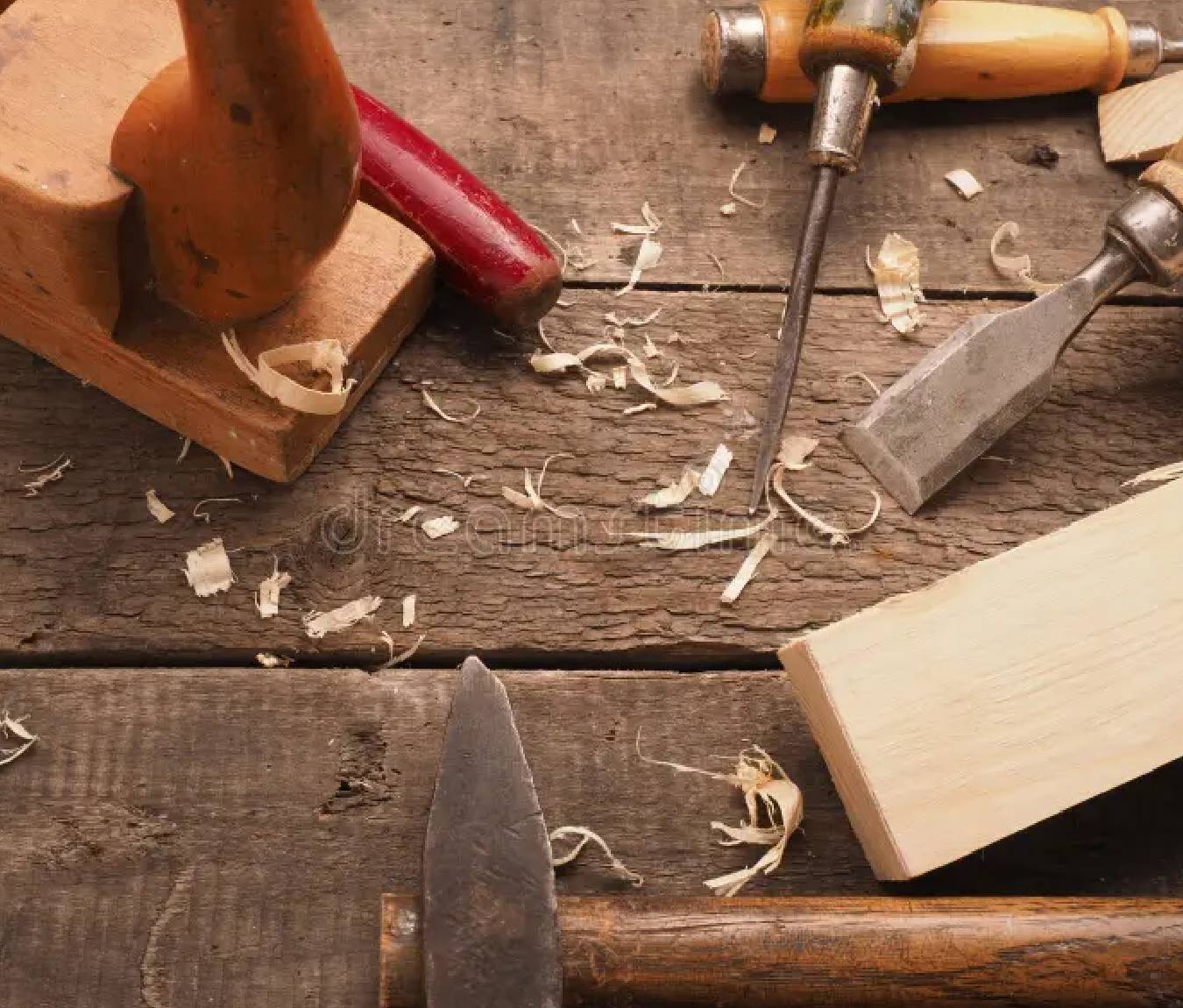Flooring is a crucial aspect of any home, contributing significantly to its overall aesthetics and functionality. Whether you’re a DIY enthusiast or a professional handyman, achieving a perfect finish in flooring projects can be challenging without the right tips and tricks. In this article, we’ll explore the top 10 handyman flooring tips to help you achieve a flawless result.
1. Plan and Measure Carefully
Before starting any flooring project, meticulous planning and accurate measurements are essential. Begin by measuring the entire area where the flooring will be installed. Consider the layout, any obstacles, and the direction in which you want the flooring to run. Sketch a detailed plan and calculate the amount of material needed, adding an extra 10% for waste and future repairs. Proper planning helps you avoid mistakes and ensures a seamless installation process.
If you’re seeking professional assistance for your flooring project, consider reliable Handyman Flooring Services. With their expertise and dedication to quality, they offer a range of services tailored to meet your needs. Whether you require installation, repair, or maintenance, their skilled team ensures a seamless process and impeccable results. Trust Handyman Flooring Services to transform your space with precision and efficiency.
2. Choose the Right Materials
Selecting the appropriate flooring material is crucial for both aesthetics and durability. Options include hardwood, laminate, vinyl, tile, and carpet. Consider the room’s function, foot traffic, and maintenance requirements. For example, hardwood and laminate are excellent for living areas, while vinyl and tile are better suited for kitchens and bathrooms due to their water resistance. Research the pros and cons of each material to make an informed decision.
3. Prepare the Subfloor
A solid subfloor is the foundation of a successful flooring project. Ensure the subfloor is clean, dry, level, and structurally sound before installing any flooring. Remove any old flooring, repair any damage, and use a leveling compound if necessary. For concrete subfloors, check for moisture issues and use a moisture barrier if needed. Proper subfloor preparation prevents future problems like uneven surfaces and squeaking floors.
4. Acclimate the Flooring
Many flooring materials, especially wood and laminate, need to acclimate to the room’s temperature and humidity before installation. This process prevents the flooring from expanding or contracting after installation, which can lead to gaps or buckling. Follow the manufacturer’s guidelines for acclimation, typically allowing the flooring to sit in the installation area for 48-72 hours.
For all your household repair needs, look no further than Handyman Repair Services. Their experienced team specializes in addressing a wide range of issues, from minor repairs to major renovations. With a commitment to promptness and professionalism, Handyman Repair Services delivers reliable solutions that restore functionality and enhance the value of your property. Whether it’s fixing a leaky faucet, repairing drywall, or tackling electrical problems, trust Handyman Repair Services to get the job done right the first time.
5. Use the Right Tools
Having the right tools makes the installation process smoother and more efficient. Essential tools for flooring projects include a tape measure, chalk line, utility knife, saw (circular or jigsaw), rubber mallet, flooring Nailer or stapler, and spacers. Additionally, knee pads can help reduce strain during long installation sessions. Investing in quality tools not only improves the quality of your work but also ensures your safety.
6. Install Underlayment
Underlayment provides a smooth surface for the flooring, reduces noise, and adds a layer of insulation. The type of underlayment you need depends on the flooring material. For example, foam or cork underlayment works well with laminate and engineered wood, while felt or rubber underlayment is better for hardwood floors. Follow the manufacturer’s instructions for installing the underlayment, ensuring it covers the entire floor area without overlapping.
7. Follow the Manufacturer’s Instructions
Every flooring material comes with specific installation instructions from the manufacturer. Adhering to these guidelines ensures the flooring is installed correctly and maintains its warranty. Pay attention to details such as expansion gaps, adhesive application, and installation patterns. Skipping steps or ignoring instructions can result in an unsatisfactory finish and potential damage to the flooring.
8. Maintain Expansion Gaps
Expansion gaps are essential for allowing flooring materials to expand and contract with changes in temperature and humidity. Failure to leave these gaps can cause the flooring to buckle or warp. Follow the manufacturer’s recommendations for the size of the expansion gaps, typically around 1/4 inch. Use spacers along the walls during installation to maintain consistent gaps, and cover them later with baseboards or molding.
9. Ensure Proper Alignment
Proper alignment is crucial for achieving a professional-looking finish. Start by laying the first row of flooring along the longest wall, using spacers to maintain the expansion gap. Ensure the first row is straight and aligned, as this will serve as the foundation for the rest of the installation. Use a chalk line to guide your installation and check for alignment regularly. Adjust as necessary to avoid any misalignment that can worsen as you progress.
10. Finish with Care
The finishing touches can make or break the overall appearance of your flooring project. Carefully install baseboards or molding to cover expansion gaps and create a polished look. Use transition strips between different flooring types or rooms to ensure a smooth and safe transition. Clean the floor thoroughly after installation to remove any debris or adhesive residue. Regular maintenance, such as sweeping, mopping, and addressing spills promptly, will keep your flooring looking pristine for years to come.
Conclusion
Achieving a perfect finish in your flooring project requires careful planning, the right materials, proper tools, and meticulous attention to detail. By following these top 10 handyman flooring tips, you can ensure a professional result that enhances the beauty and functionality of your home. Whether you’re tackling a DIY project or working as a professional handyman, these tips will help you deliver a flawless finish that stands the test of time.



